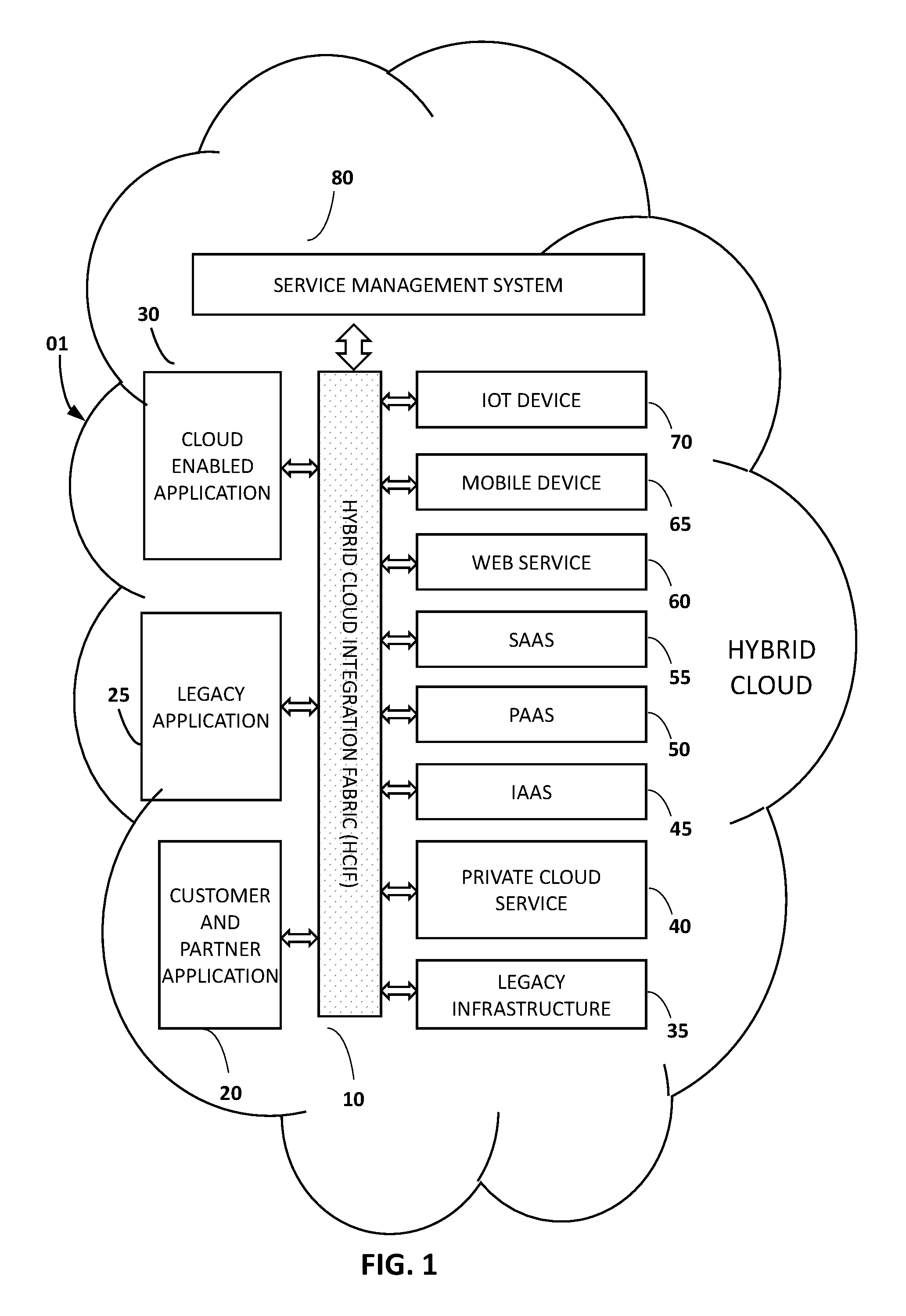In part 4 of this blog post series, we discuss how culture and innovation can either drive or block adoption of data driven Generative AI at exponential scale and what to do about it.
Using Generative AI with Clean Data to Survive in Shark Infested Waters: Lean Data (Part 3)
Using Generative AI with Clean Data to Survive in Shark Infested Waters: Data Friction (Part 2)
Using Generative AI with Clean Data to Survive in Shark Infested Waters: GDPR and cybersecurity
How metaDNA™ is different than microservices, containers and APIs
There is quite a bit of buzz and confusion around microservices, containers, API’s, service meshes, and other emerging technologies related to “cloud-native” application development and data integration; unfortunately, PrivOps has been caught up in the confusion. I often get questions about our (now patented) technology, specifically metaDNA™, the core of our technology, where folks try to categorize us incorrectly.
'To be clear, metaDNA™ is not an API manager (e.g. Mulesoft), a container orchestrator (e.g. openShift), a service mesh (e.g. Istio), a integration platform (e.g IBM IIB), a master data manager (e.g. Informatica), it is an entirely new category. Let me explain. (And yes, I understand that the vendors mentioned above have products that span multiple categories)
To understand metaDNA™, first we need some context. For example, the concept of a microservice is an abstraction that is a manifestation of the interplay between modularity and atomicity (i.e. irreduciblity) at the software architectural layer. There are many other other abstractions at and between other layers of the technology stack, including the interface (e.g. APIs, UIs), server (e.g virtual machine, container) the network (e.g. packets, protocols), the structural (e.g. object-oriented, functional constructs), the language (e.g. high level software instructions that abstract assembly language instructions that abstract hardware operations), and so forth.
Two important questions are:
Is there currently a modularity gap that sits between microservices (software architecture), functional programming and data structures?
Would it matter if an abstraction filled that gap?
Is there a modularity gap that sits between microservices, functional programming and data structures? The answer is yes, which is what my metaDNA™ ontology (and the metaDNA™ catalog that implements the metaDNA™ ontology) attempts to remedy. For those unfamiliar with the term ontology, it is simply a structured way of describing (or building in this case) a class of object structures and the relationships between those objects. (More on ontologies here.) Because of its ontology, the metaDNA™ catalog serves as an abstraction layer that sits between (and unifies) microservices, functional programming and data structures and constitutes an entirely new paradigm for building digital technology. metaDNA™ builds on other abstractions like microservices and containers, but doesn’t necessarily replace them. Like biological DNA, metaDNA™ objects have 4 atomic types, with uniform structures. In the same way biological DNA composes lifeforms, objects from the metaDNA™ catalog compose software components (microservices) AND data structures from EVERY type of structured data. This approach creates the opportunity for several advantages for hybrid cloud applications, including self-referential data and applications, data defined software applications that reconfigure based on context, policy driven application behavior changes, and several others.
Does it matter if an abstraction layer fills the gap between microservices (software architecture), functional programming and data structures? Absolutely, because without it, microservices based software architecture complexity growth is still exponential, even with the use of APIs, containers and service meshes. For example, the cost point to point integration among legacy and modern systems grows exponentially at the rate of ½KN(N-1) where K is the cost of each integration and N is the number of connections. Adding tools adds a similar exponential cost growth. While the modularity afforded by various solutions at the API, microservice and other layers flattens the cost curve, without addressing the modularity gap between the application and data layer the curve is still exponential and still runs into scalability problems, especially for situations like Digital Transformation that requires integration of large numbers of legacy systems and edge computing (even with 5G).
- Tyler
PrivOps awarded contract with US Air Force
Alpharetta, GA. — PrivOps, the leading open data fabric provider, is proud to announce that the US Air Force Small Business Innovation Research (SBIR-STTR) team has selected PrivOps in partnership with JJR Solutions, LLC in a competitive bid process, and PrivOps is officially under contract with the US Air Force. PrivOps has been tasked with creating a plan to leverage their patented data integration, automation, and application development technology to solve some of the US Air Force’s most pressing needs. (More about their recently granted patent here.) PrivOps has already obtained signed commitments from multiple organizations within the US Air Force to support PrivOps’ efforts operationalizing their platform for the Air Force’s needs. Here are some of the needs the Air Force has identified that PrivOps and JJR Solutions are working to address:
Provide automated, policy-driven control of registering transactions on blockchain technologies (e.g., Hyperledger) to secure software chain of custody and detect malicious code manipulation
Provide an event-driven service mesh that makes it possible to detect threats and other operational events and respond in near real-time (self-healing applications)
Implement a distributed Enterprise Information Model (EIM) to support deployment of a data aggregation and transformation system in the cloud
Enable a zero-trust model and Attribute-Based Access Control (ABAC) for automating data governance between modern and legacy systems to support new data analytics, multi-domain operations (MDO), and multi-domain command and control (MDC2) capabilities
Create cross-domain data pipelines with microservices that incorporate best-of-breed, interchangeable commercial off the shelf (COTS) and open source artificial intelligence (AI) and machine learning (ML) software solutions, making it possible to take advantage of new technologies as they become available
“We are delighted to be working with the US Air Force, and are extremely impressed by their commitment to innovation. We are also excited to be partnered with JJR Solutions, LLC in this effort and look forward to leveraging their world class expertise around data, integration, and governance. We look forward to helping the Us Air Force make our warfighters more effective, safe and secure as they protect our nation” - Kit Johnson, CEO, PrivOps
About the USAF SBIR-STTR Program
AFRL and AFWERX have partnered to streamline the Small Business Innovation Research process in an attempt to speed up the experience, broaden the pool of potential applicants and decrease bureaucratic overhead. Beginning in SBIR 18.2, and now in 19.3, the Air Force has begun offering 'Special' SBIR topics that are faster, leaner and open to a broader range of innovations.
Learn more about the US Air Force’s SBIR-STTR program at https://www.afsbirsttr.af.mil/
About PrivOps
The PrivOps Matrix is a next-generation data and applications integration platform designed to optimize the process of incorporating new technologies into data flows and integrating applications and data at scale. Proprietary point-to-point and service bus integration architectures requiring specialized talent create processes that don’t scale and are difficult to support; the PrivOps Matrix multi-cloud integration platform minimizes rework and maximizes re-use with an open, scalable, and agile hot-pluggable architecture that connects best-of-breed vendor and open source solutions to both modern and legacy applications and databases in a way that is much easier to support and maintain. As a result, US Air Force information technology will adapt faster to an evolving battlespace by being able to apply agile processes to integration while combining best-of-breed tools and emerging technologies with legacy systems.
PrivOps receives US patent 10,491,477 for the PrivOps Matrix
We are excited to announce that as of 12/18/2019, the PrivOps Matrix is officially patented. US patent 10,491,477, Hybrid cloud integration fabric and ontology for integration of data, applications, and information technology infrastructure” is confirmation of PrivOps; technical leadership and innovation in helping organizations deal with data sprawl by making is easier to protect and monetize data wherever it lives.
By integrating, governing and automating data flows between complex systems, the PrivOps Matrix serves as the foundation for building hot pluggable information supply chains that monetize data. We control, at scale and in real time, where sensitive data lives, how it’s processed & stored, and when, who or what has access.
The key innovation in the Matrix data fabric is the patented metaDNA catalog. Just as biological life is built from structures defined by standard sets of genes composed with reconfigurable DNA molecules, “digital molecules” stored in the metaDNA catalog are combined to create “digital genes”. These recipes will make it possible to build self-assembling microservices, applications, integrations, and information supply chains that can be reconfigured in real-time as the environment changes. The result is IT technology that will be more scalable, resilient and .adaptable than anything that exists today.
This is a momentous occasion for PrivOps. Special thanks goes out to Daniel Sineway, our patent attorney at Morris, Manning & Martin, LLP and our advisors Scott Ryan (ATDC), Walt Carter (Homestar Financial), Gary Durst (USAF) and many others who have supported us so far.









